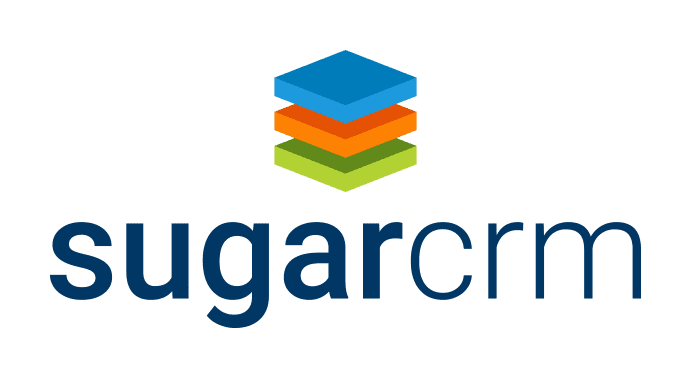As companies progress into a future driven by technology, cloud-based ERP software solutions are inevitably a part of the conversation. Maintaining systems on-site is becoming less and less practical, while cloud-based ERP software innovations continue to provide more cost-effective business options.
Transitioning between on-site ERP solutions and a cloud-based ERP solution may present challenges for companies, but the end result makes it a worthwhile endeavor. Implementing cloud-based ERP software can be facilitated with thorough planning that outlines a step-by-step process for transition. Below, we will take a brief look at some of the steps this process requires and how quality ERP software like Sage Intacct can facilitate integration while promoting business.
Step 1: Select a Deployment Option
Transitioning between on-site ERP and cloud-based ERP begins with selecting the right software solution for your company. Business leaders should identify the company’s specific needs, clearly noting what they need from the ERP solution and what they expect it to do for them.
Decide what capabilities you need, any general problems to be addressed, and your expected outcomes. Your deployment options typically include on-premise, hosted, cloud, and hybrid solutions. Each of these deployment options offers clear benefits depending on your needs, so be sure to research which deployment option or hybrid scenario meets your requirements.
Having a complete understanding of your business is critical for ERP evaluation and assesses whether your internal workflows are ready for the cloud.
Step 2: Deployment Team Selection
The next step in a successful transition is selecting qualified team members to comprise the deployment team. When putting your team together, start with an executive sponsor who carries appropriate authority to hold the evaluation team and vendor accountable to keep the project moving.
In addition to the executive sponsor, your team should designate a project manager who will create your ERP implementation plan detailing each step of the project. This includes project managers, IT personnel, training staff, and other critical positions that will be needed throughout the process.
Your software vendor can help identify the deployment personnel needs for a company, and clearly defining team member roles during the transition process will help guarantee that migration tasks are completed successfully, on time and on budget.
Step 3: Project Planning
Developing a thorough project plan is absolutely critical for successfully migrating data to a cloud-based ERP solution. Implementation projects staffed with skilled project management resources who understand the project goals and the intricacies of the business requirements have a much smoother experience.
This includes data migration process planning, in which project managers will define and order tasks and work closely with stakeholders to clearly define the budget, time frame, and scope of a cloud implementation.
Step 4: Testing
Once your data goes live, system testing ensures everything is working correctly. Stakeholders should work with project managers to identify testing metrics and address functionality issues. Discussions with product specialists help to solve problems quickly, so the testing plan should include consultations.
Ensure all tests are performed early and before your data migration is finalized. A massive accumulation of redundant data issues is costly to fix later, so address data concerns before the migration process begins. Be sure to do sufficient auditing and testing before each project milestones to expedite remediation.
Step 5: Training
Training team members on new ERP software is vital to successful migration and is too often overlooked in many implementation plans. Team members need to know how to use the tools that quality ERP accounting software will provide.
Sage Intacct’s ERP accounting software allows for complex hierarchal accounting structures, enhanced configuration and customization capabilities, and advanced automation options. To fully take advantage of these benefits, users will need instruction on software capabilities.
Step 6: Plan to Go Live
Working with project managers and product consultants, stakeholders can plan for the final step in the migration process: going live. Product consultants will work closely with businesses to plan their go-live approach, but companies should keep in mind that post-implementation refinement may still be necessary. Integrating a brief adjustment period after going live into project plans will ensure that post-implementation issues do not cause a project to go over budget or miss important deadlines.
Reap the Benefits
Choosing Sage Intacct and a reputable vendor is all you need to ensure integration and transitions run as smooth as possible. Successfully migrating to a cloud-based ERP solution may be challenging but is worth undertaking. With careful project planning, resource allotment, and product support, companies can manage the process without issues.
Are you ready to switch to Sage Intacct?
Many businesses that have already migrated wonder why they waited so long to embrace cloud technology. With Sage Intacct, you integrate your entire business with a breakthrough cloud financial management platform that delivers the reliable data and advanced insights you need from a single source.
Read next: How to find the best Sage Intacct partner for your cloud-accounting success

